Bonny Doon Vineyards’ chief
Randall Grahm has made wine from many different grape varieties during his illustrious career, but the ones with which he really resonates are the grapes of the Rhône Valley. He has been labeled "the original Rhône Ranger" for his pioneering effort of making Rhône-style wines in California. Grahm supplied me with samples of three of his Syrah wines, which demonstrate his ability to choose vineyards and do the best work possible with the fruit found there.
It is this connection to the sense of place -
terroir - offered by different vineyards that has captured Grahm's fascination. He considers his winemaking efforts now to be
vins de terroir - in which the grapes do the work - rather than
vins d'effort, in which the winemaker does the work. Grahm described his laissez faire methods in a
recent article, "We spend more time in the vineyard so we don't have to spend so much time in the cellar."
Bonny Doon Le Pousseur Central Coast Syrah 2009
This is the entry-level Syrah from Bonny Doon. The grapes are 56% Alamo Creek Vineyard, 32% Bien Nacido Vineyard and 12% Chequera Vineyard. A blurb addressing Grahm's hands-off style of winemaking, with minimal intervention, adorns the label. The alcohol content is a restrained 13.5% abv and the wine retails for $25.
The wine is inky black, no light gets through. The bouquet is as dark as the color, showing black fruit and bacon fat. Plums and blackberries define the palate, but the fruit has to coexist with dark, savory notes. Everything meshes seamlessly in a wave of minerality. This is entry-level wine at its highest order.
Bonny Doon Alamo Creek Syrah, San Luis Obispo County, 2008
Grahm calls this one "intensely concentrated and mineral-rich." The vineyard is located northeast of the town of Santa Maria ("where the wild things roam") and where rock outcroppings of the Alamo Creek Valley indicate the minerals to come. At 13.5% abv, the wine retails for $35. Again, decant before enjoying.
The wines of the Santa Maria area are among my favorites in California, mineral-driven and dark, with great complexity. This wine is dark in appearance, and sports a dark nose of blackberry and black currant. Gobs of tar aromas make it hard to stop sniffing. The palate, once decanted, is extremely smooth with fine tannins. Flavors are dark and rich, with a full ripeness that just explodes on the palate.
Bonny Doon Bien Nacido Syrah, Santa Maria Valley, 2008
Grahm's label notes: "The Syrah from Bien Nacido Vineyard is most evocative of the character of the genuine Northern Rhône article of any Syrah we see, likely owing to the exceptionally cool climate, the age of its (X-block) vines and calcareous soil." The wine has a 13.9% abv number and retails for $40. Grahm recommends decanting an hour or two for best effect.
Inky black, the wine is just as dark on the nose. Minerals come forth strongly, with hints of tobacco under the black plum aromas. Nice, chewy tannins decorate the palate, with extremely dark and savory fruit flavors. There is a smattering of pepper and roast beef, with a beautiful minerality. Pairing with dark chocolate and sea salt is magnificent. It is quite possibly the best California Syrah I've had, and easily rivals the top French entries.
For something to drink right away, any one of these Syrahs beats the label off a cult Cab on the experience alone, not to mention the lower price points. All three are the kind of wines you'll want to pop open for special occasions - but life is short. Don't wait.
Follow Randy Fuller on Twitter










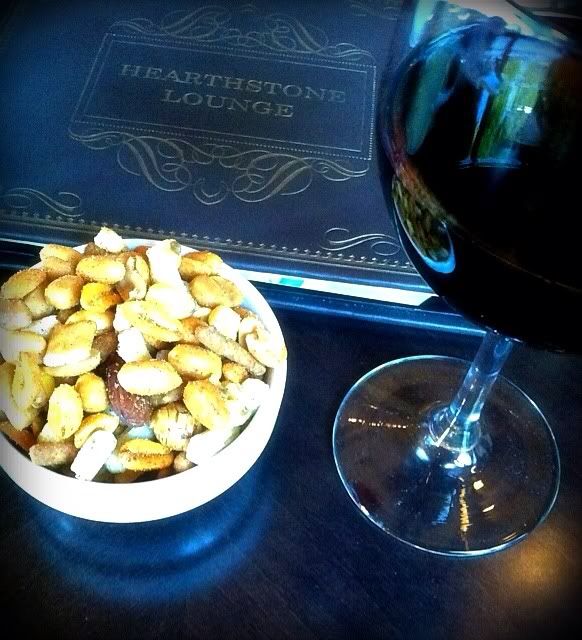
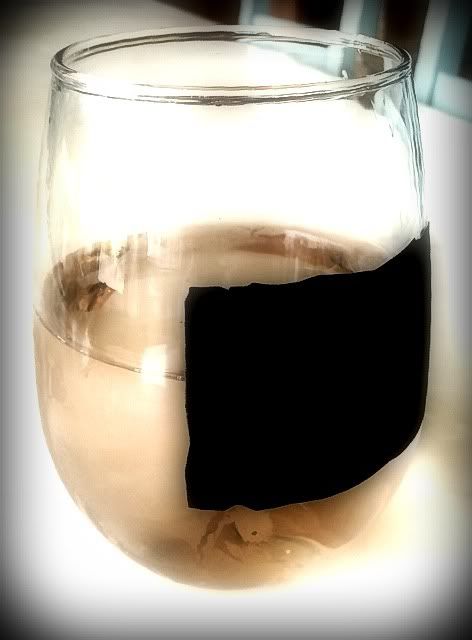
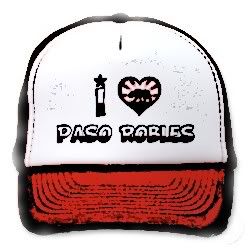
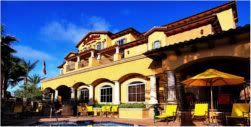 Where To Stay
Where To Stay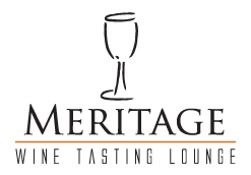 One tasting room is interesting in that it serves as a tasting room for six of the smaller local wineries. The
One tasting room is interesting in that it serves as a tasting room for six of the smaller local wineries. The


